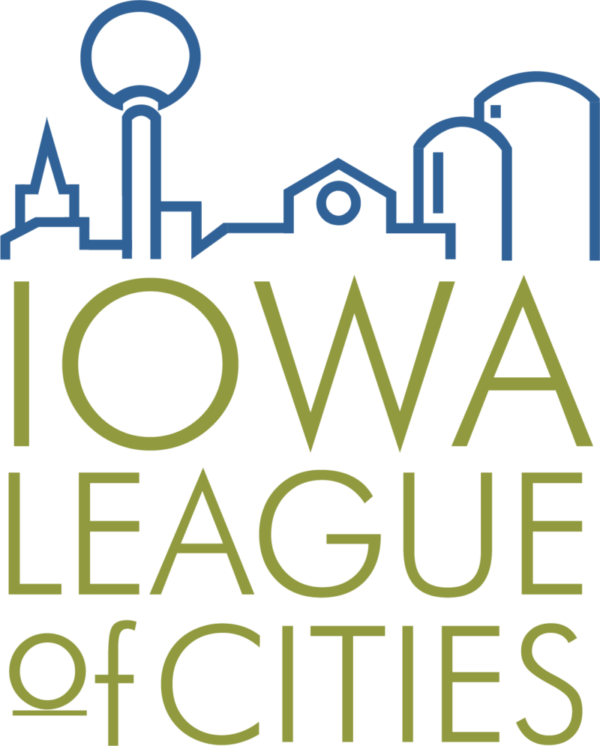Cities that have active Tax Increment Financing (TIF) must do a range of filings or reports each year, and below are various places requiring TIF information. Some request the same information in the same format, while others are time and compliance sensitive. Read the directions for each and be careful to make sure the information is accurate and timely for the audience intended.
Tax Increment Finance Ordinance Filing Required
This requirement is not new because filing the ordinance has been a standard practice for many cities. However, if a city has not filed their TIF ordinance with the county auditor, it is now mandated by Code of Iowa Section 403.19. If the city has existing ordinances that have not been filed, it would be good to get them filed in a timely manner?.
TIF Indebtedness Certification
Code Section 403.19 requires cities to certify to the county auditor the amount of any “loans, advances, indebtedness or bonds” that qualify for payment from TIF revenue from a TIF district. This report is due to the county auditor by December 1 whenever the council has made changes to the TIF activity within the community.
Changes that would qualify for requiring a filing with the county auditor include:If the city has undertaken a new project for which debt obligations are committed Form 1.1 is to be used.If the city has modified a project that was previously certified to the county auditor needing to expedite or delay TIF receipts Form 2 is used to communicate the change.If the city has terminated a project requiring an adjustment to the TIF receipts Form 3 is used.If the city has terminated/changed a district. (Various forms listed above may need to be used depending on circumstances.)
Each year, the report forms in an Excel format can be retrieved from t?heIowa Department of Management Web site. Preparing the report requires coordination with the county auditor to obtain the county’s assigned numbers for each obligation which are then used on the report.
The League and the Department of Management (IDOM) conducted a webinar in 2012 that focused entirely on the TIF Indebtedness Certification and utilized the following three handouts:2012 Fall TIF Certification Webinar_Handout_10-4-2012.pdfCity TIF Indebtedness Certification Example.xlsTIF Reconciliation Area with Segregated Rebates Example.xls
This training is still valid because the forms have not substancially changed for the certification filing.
Annual Urban Renewal Report
The Annual Urban Renewal Report (AURR) is due December 1 as well and must be completed using the IDOM online reporting system. Cities will not be allowed to publish notice for your city’s budget public hearing unless your city’s report and the Annual Financial Report (also due December 1) have been filed.The online system requires documents to be uploaded. Please make sure you have copies of each document in PDF format (ex: urban renewal plans, maps, amendments to urban renewal plans).
The League has partnered with IDOM to produce a 2015 webinar that provides instructions on completing the current report. Highlights include:There are no publication requirements for the AURR, however, the AURR does require the council to approve the report before the December 1 submission deadline.Two actions are triggered for those that do not meet the December 1 deadline:They will be included in a report to the legislature for non-compliance.IDOM will withhold certification of tax levies (this certification penalty has been in effect since FYE 2013).Data is collected for each urban renewal area listing each project or activity within the preceding fiscal year.The urban renewal related bonds and loans (both internal and external) and associated interest expense is also reported, designating specific project linkages and anticipated completion dates.Rebates and non-rebate expenses are included to reflect current and long range obligations of each area.There are also reporting requirements covering Low and Moderate Income obligations and activities for housing.For those projects requiring job creation a separate area is dedicated in great detail.The report is very detailed and will need other materials to complete. All information should be available within the city, however the collection and formatting of the information will require quite a bit of time.
Links to the AURR webinars and accompanying handouts are on this page.
TIF as a Part of the City’s Capital Improvement Plan
Capital Improvement Plans are a comprehensive document which explains the city’s capital construction and major equipment projects over the course of three to five years. In many communities TIF infrastructure projects are included as part of that plan.
Other Information for TIF on Revenue and Expenditure Pages
The current and future budget cycle is reflected on the revenue and expenditure pages of the budget work papers under the function of Economic Development.
1099 Misc Reporting
IRS Form 1099 Misc should be used for certain city rebates paid to a developer for performance of an agreement. Use 1099-S if TIF payment was made for right of way easement, for example.
Annual Financial Report (AFR)
The annual financial report is to be filed with theState Auditor’s Office by December 1 of each year. Actual TIF revenues and expenditures are reflected in this report. If there are outstanding TIF bonds, they are also declared in this report.
Outstanding Debt Report
If the city has outstanding TIF loans or notes, the total amount outstanding as of June 30 needs to be included in the report, which is filed on theState Treasurer’s Web Site. There is a October 15 deadline for this report which is then compiled and published.
How These Reports Should ‘Tie’ Together
The ‘type’ of TIF indebtedness requested on the certification to the county auditor for the next budget year should match the type of indebtedness on the AURR on the IDOM Web site, (for example a rebate on one is labeled as a rebate on the other.) The amount of TIF Indebtedness Certification to County for the next budget year should match the TIF revenues within the budget workbook.
The Outstanding Debt Report done on the State Treasurer’s Web site is on principal only, and it will not match the AURR on the IDOM Web site (which includes interest). The Outstanding Debt Report reports only principal and should match the amount listed in the AFR. As the economic climate changes, cities may see various activity levels. Complete, well-documented and organized files on each project within each TIF district will assist the creation of these filings and reports.?????????????????????





